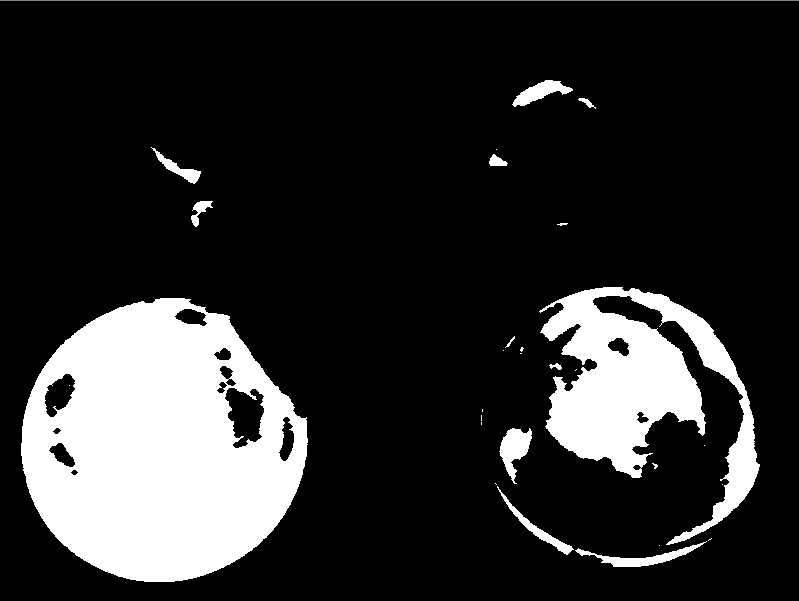

If you set an integer value to alpha, the transparency according to the value will be set on the entire surface. Set uniform transparency over the entire surface If you set an Image object of the same size as the original image in mode='L' (8-bit grayscale) to alpha, you can set the alpha channel to various shapes.Īs in the constant case, 0 means 100% transparency, 255 means 0% transparency (no transparency). When an integer value of 8 bits ( 0 to 255) is set to alpha, the transmittance according to the value is set on the entire surface.Ġ means 100% transparency, 255 means 0% transparency (no transparency). Cisco delivers innovative software-defined networking, cloud, and security solutions to help transform your business, empowering an inclusive future for.
OVERLAY IMAGES WITH TRANSPARENCY PYTHON HOW TO
If mode of the original image is RGB (8 bit x 3: full color) or L (8 bit x 1: black and white), an alpha channel is newly added, and if RGBA or LA, the original alpha channel is updated. Well organized and easy to understand Web building tutorials with lots of examples of how to use HTML, CSS, JavaScript, SQL, Python, PHP, Bootstrap, Java. As it is literally put the alpha channel layer to the original image. Im_rgba_masked = color_to_alpha_mask(im, target_color)įig, axes = plt.subplots(ncols=3, figsize=(12, 4))Īxes.The parameter of putalpha() is only alpha. Im = plt.imread(fn_img) # get rid of alpha channel already in image # load example from images included with matplotlibįn_img = Path(plt._file_).parent / "mpl-data" / "images" / "matplotlib_large.png" Im_rgba = color_to_alpha(im, target_color)įor completeness I've included a comparison with the mask-based version applied to the matplotlib logo below: from pathlib import Pathĭef color_to_alpha_mask(im, alpha_color): Im_rgba = np.zeros((ny, nx, 4), dtype=im.dtype)

Here it is using numpy: import numpy as np To make transparent the background firstly we have to find the RGBA values of the background or any color we want to make transparent. Data will be an Imaging Core object containing thousands of tuples of RGBA values. Open any image and get the RAGBAG values.

(I'm a C hacker trying to learn python so be gentle) I've got the conversion working (at least the pixel values look correct) but I can't figure out how to convert the list into a buffer to re-create the image. import the Image module from the Pillow library. copy() is needed because by default Pillow images are converted to read-only method of using using the distance to a target color to create an alpha value is really neat and creates a much nicer result. I'm trying to make all white pixels transparent using the Python Image Library. Of course this will make the entire picture partly transparent, except for the pure black: def white_to_transparency_gradient(img): one channel is 254 instead of 255) is "almost transparent". It is also easily exchanble to a version where the "almost white" (e.g.

X = np.asarray(img.convert('RGBA')).copy() I also tried the colorConverter method to set the color in a normal plt.
OVERLAY IMAGES WITH TRANSPARENCY PYTHON CODE
The code is also a bit shorter: import numpy as np There is no error but the white and black of the second plot do not show any transparency. Since this is currently the first Google result while looking for "Pillow white to transparent", I'd like to add that the same can be achieved with numpy, and in my benchmark (a single 8MP image with lots of white background) is about 10 times faster (about 300ms vs 3.28s for the proposed solution).


 0 kommentar(er)
0 kommentar(er)
